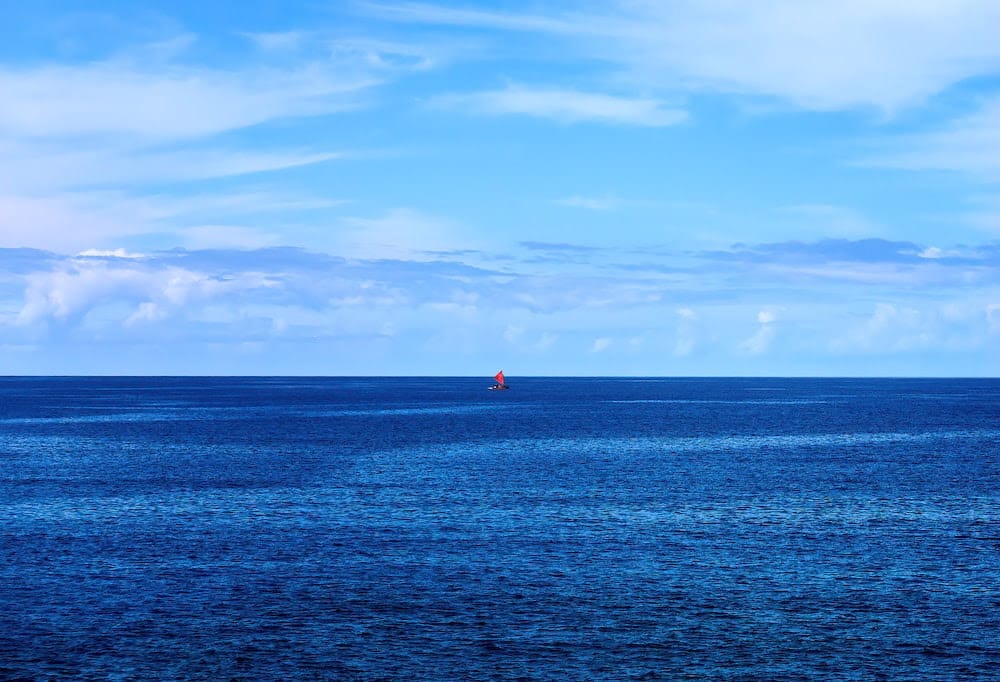
The scenario predicting such a merger is currently the most likely, and various models have been developed to understand how it will happen. A first scenario considers that Amasia could be formed by the closing of the Atlantic Ocean, which would imply a reversal of current tectonic constraints and the creation of new subduction zones, where tectonic plates overlap.
This is the introversion hypothesis, which predicts the closure of the most recent oceans, such as the Atlantic, and places Amasia in the same hemisphere as the former Pangea. A second scenario predicts that the new supercontinent will be centered on the North Pole and will form with the closure of the Arctic Ocean. This so-called ortho-version hypothesis takes into account the limits of the old supercontinent, Pangea, on which Amasia will build.
Finally, the third scenario predicts that the Atlantic Ocean will continue to widen, and the Pacific Ocean will close. This is the extroversion hypothesis, which predicts the closure of the old oceans and places Amasia’s location opposite that of Pangaea. While it is difficult to reach a consensus on the formation of ancient supercontinents, a number of scientists believe that only the last two supercontinents – Pangea, which appeared around three hundred million years ago, and Rodinia, which appeared around nine hundred million years ago – used either introversion or extroversion processes to form, unlike the first known supercontinent, Nuna or Columbia, which formed around 1.6 billion years ago.

Alex Bridle
A team of scientists investigated how the new supercontinent might form using 4D geodynamic modelling, taking into account factors such as the evolution of lithospheric thickness and strength influenced by the Earth’s secular cooling over the millennia, and observing the influence of low-velocity zones – areas of the Earth’s mantle where seismic waves travel at low speed.
The results have been published in the journal National Science Review and show that Amasia is likely to have formed according to the extroversion hypothesis with the closing of the Pacific Ocean. The models also show that the assembly of the supercontinent will depend on the thickness of the oceanic crust that makes up the ocean floor.
The thickness of the crust can vary greatly and depends on the amount of upper mantle magma that can be extracted at ocean ridges. The warmer the mantle, the greater the amount of magma extracted, and therefore the thicker the oceanic crust, whereas a colder mantle produces less magma and therefore thinner oceanic crust.
Based on current Earth temperatures, the estimated average thickness of the oceanic crust is between six and seven kilometers, although it is also possible, for example, to find the oceanic crust three kilometers thick. At the time of the formation of the previous supercontinents, the situation was markedly different, as the study shows that the oceanic crust was between thirty and forty-seven kilometers thick 2.5 billion years ago.
Testing the effect of oceanic crust thickness on the supercontinent assembly mechanism, the researchers demonstrated that with a crust thickness of fewer than fifteen kilometers, the supercontinent would assemble by extroversion, leading to the closure of the Pacific Ocean, whereas with an oceanic crust thickness greater than twenty-five kilometers, the supercontinent would assemble by introversion, causing the closure of the Atlantic Ocean.

With a crust thickness of between fifteen and twenty-five kilometers, assembly would take place by orthoversion, along the boundary of the former supercontinent, Pangaea. Given that the oceanic crust only thins over time, it is likely that the supercontinent Rodinia formed by introversion and Pangaea by extroversion.
As the oceanic crust continues to thin, Amasia is also likely to have formed by extroversion, with North America joining Asia following the closure of the Pacific Ocean, and the Atlantic Ocean joining the Indian Ocean to form a new super-ocean. The environmental context at the time of Amasia’s formation in roughly three million years’ time will be different from the one we know today, with the oceans likely to be at a lower level than at present, and an arid climate likely to cover the inner region of the supercontinent, accompanied by large temperature swings between day and night. The question remains as to whether a part of humanity will still be around to witness these changes.




